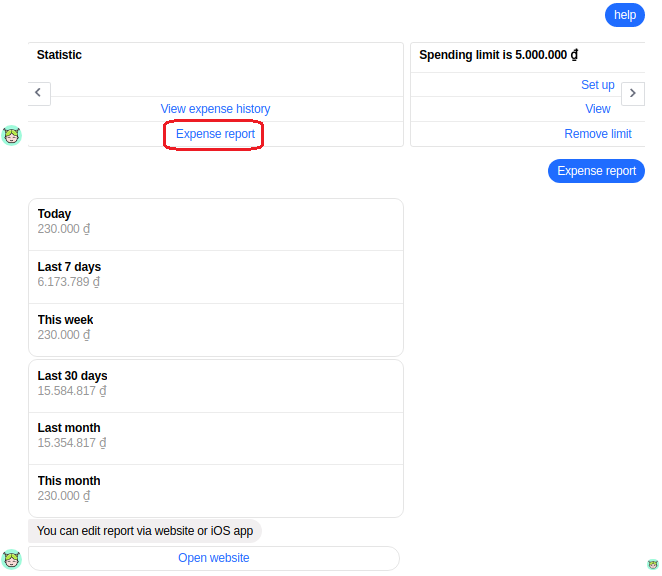Planning for retirement is a critical step towards securing your financial future. One of the key components of retirement planning is establishing a retirement plan. In this article, we will delve into what a retirement plan is, its significance, and the different types of retirement plans available to help you prepare for a comfortable and financially stable retirement.
What is a Retirement Plan?
A retirement plan is a financial strategy designed to accumulate savings and investments over your working years, with the aim of providing income and financial security during retirement. It serves as a roadmap to help you achieve your retirement goals and maintain your desired lifestyle when you are no longer working full-time.
Significance of a Retirement Plan
A retirement plan plays a crucial role in ensuring financial stability and independence during your retirement years. Here are some key reasons why having a retirement plan is essential:
Income Replacement
A retirement plan helps replace the income you earned from employment, ensuring a steady stream of funds to cover your living expenses and maintain your desired standard of living.

Longevity
With increasing life expectancy, retirement can span several decades. A well-designed retirement plan helps ensure that your savings last throughout your retirement years, providing financial security.
Compound Growth
By starting early and consistently contributing to your retirement plan, you can take advantage of compound growth. This allows your investments to grow over time, potentially resulting in a larger retirement nest egg.
Tax Advantages
Many retirement plans offer tax benefits, such as tax-deferred contributions or tax-free withdrawals in retirement. These incentives can help maximize your savings and reduce your tax burden during retirement.
Types of Retirement Plans
Several retirement plan options are available, each with its own features and benefits. Here are the most common types:
401(k) Plans
Employer-sponsored retirement plans that allow employees to contribute a portion of their pre-tax income to a retirement account. Employers may also offer matching contributions, providing an additional boost to savings.
Individual Retirement Accounts (IRAs)
Individual retirement accounts that individuals can open independently. Traditional IRAs offer tax-deferred contributions, while Roth IRAs provide tax-free withdrawals in retirement.

Pension Plans
Defined benefit plans typically offered by employers, where retirees receive a fixed income based on their salary and years of service.
Simplified Employee Pension (SEP) IRA
Retirement plans for self-employed individuals or small business owners. SEP IRAs allow for tax-deductible contributions and have higher contribution limits.
SIMPLE IRA
Retirement plans for small businesses with fewer than 100 employees. Employers and employees can make contributions, and the plan offers simplicity and flexibility.
Related articles:
- How Long Will My Money Last in Retirement?
- How Much to Save for Retirement?
- What Is Retirement Age?
- How to Plan for Retirement & Enjoy Financial Freedom
Conclusion
A retirement plan is a crucial tool for securing your financial future and enjoying a comfortable retirement. By understanding the significance of a retirement plan and exploring the various types available, you can make informed decisions and take the necessary steps to build a solid retirement foundation. Start planning early, consider seeking professional guidance, and regularly review and adjust your retirement plan to ensure it aligns with your goals and evolving circumstances.

















